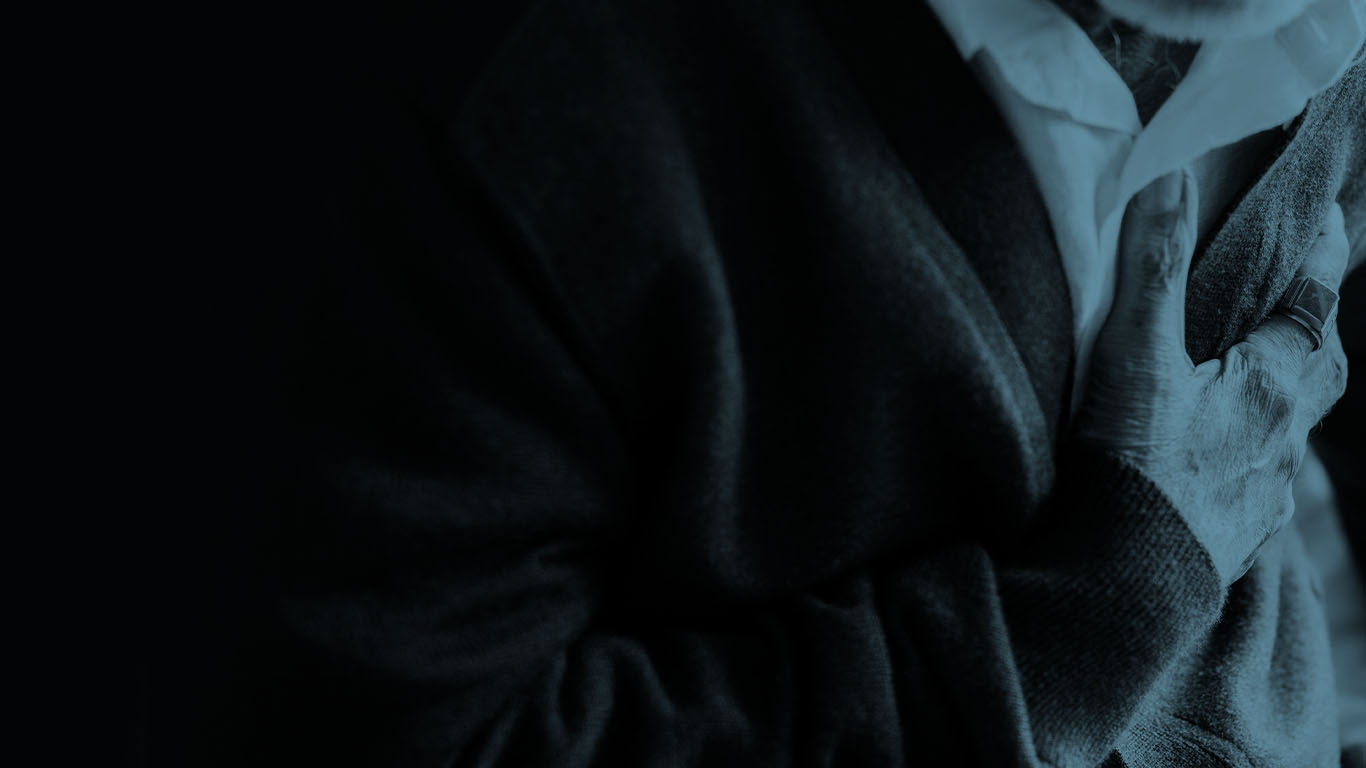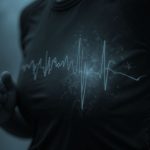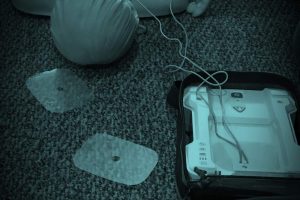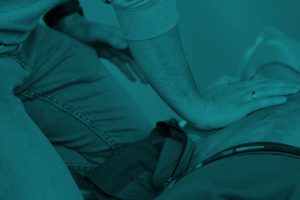
Abstract
Background: The smartphone application to activate a community first responder (my Responder) was launched in 2015 to activate volunteer first responders for Out-of-Hospital Cardiac Arrest (OHCA) patients in Singapore. This study aimed to investigate the impact of my Responder on provision of bystander CPR, bystander AED, and patient survival outcomes.
Methods: This was a retrospective analysis using the Singapore Pan-Asian Resuscitation Outcomes Study between 2016 and 2019 that included adult non-traumatic OHCA patients. Patients were categorized into my Responder activated and non-activated groups. The primary outcomes were bystander CPR and bystander AED. The secondary outcome was survival at 30-days with favorable neurological outcomes (cerebral performance category 1-2). A multivariable logistic regression analysis was performed and we reported adjusted odds ratio [aOR] and 95% confidence interval for the effect of activation.
Results: 9,167 patients were included in this analysis. The median (Interquartile range, IQR) age was 71 (59-82) years. The activated group comprised 5,499 (60%) of cases. The activated group was associated with higher bystander CPR (aOR [95%CI]: 5.69 [4.89-6.62]) and bystander AED (aOR [95% CI]: 2.23 [1.82-2.74]) compared to non-activated group. The activated group was associated with better survival at 30 days with favorable neurological outcomes (aOR [95% CI]: 1.54 [1.11-2.15]).
Conclusion: They found that the implementation of technology-activated first responders was associated with an improvement in the performance of bystander CPR, bystander AED application, and OHCA outcomes in an urban area. Further efforts should be made to promote the use of activated first responders in EMS systems.
Full article;






